This page is about the RPAS Industry and provides some insightful statistics about the growth and future of the drone industry. Learn more about Uncrewed Approvals role in the RPAS Industry Here.
1.Market Growth:
- The Global RPAS Industry reached US$3.64 billion in 2022, showing significant growth despite supply chain disruptions caused by COVID-19 and geopolitical issues.
- The market is projected to grow at an average rate of 20% annually, reaching approximately 60 million commercial drone flights by 2043.
2. Factors Driving Expansion:
- Technological advancements and changing consumer preferences are fueling the growth, especially in sectors like recreational use and aerial photography.
- The lifting of lockdowns and the recovery of tourism worldwide have further accelerated market opportunities within the RPAS Industry.
3. Market Leadership and Competition:
- Established companies such as DJI, Parrot, and Yuneec are expected to maintain their dominance due to their strong brand presence and diverse product offerings within the RPAS Industry.
- Smaller competitors may experience growth by offering competitive pricing and innovative features.
4. Variety and Pricing Trends:
- The market offers a wide range of drones, from tricopters to octocopters, with prices influenced by features such as size, sensor systems, onboard cameras, batteries, and flight capabilities.
- Entry-level drones can be found for under US$100, while advanced prosumer models with 4K cameras and obstacle sensing systems can exceed US$1,000.
- Average drone prices are declining due to reduced production and material costs.
5. Future Growth and Challenges:
- Technological improvements (longer battery life, enhanced camera quality, and obstacle avoidance) are expected to make drones more versatile and accessible.
- However, regulatory challenges and privacy concerns remain major hurdles for the industry’s growth.
6. Key Growth Sectors in Australia:
- According to the report “Sizing the Future Drone Industry in Australia,” the main growth areas are transport and logistics (77%), particularly goods delivery and air taxis, followed by safety and security (8%), agriculture (5%), and environmental monitoring (10%).
7. Importance of Regulation and Collaboration:
- Regulatory clarity and community acceptance are crucial for future growth.
- Collaboration between industry and government is vital to address regulatory challenges and ensure safe integration of drones into the airspace.
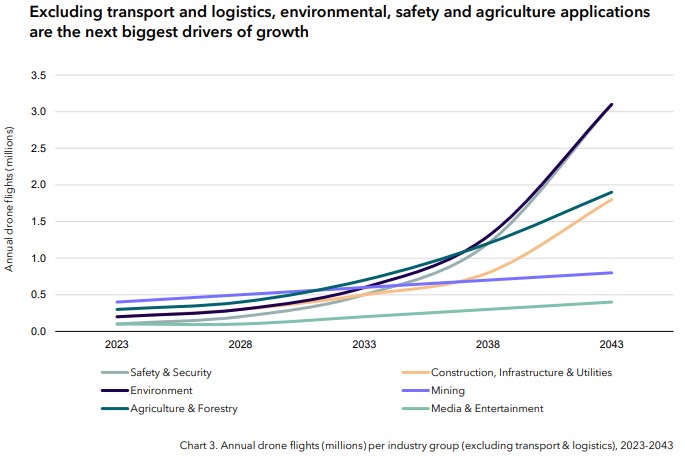
(This information can be found in the report “Sizing the Future Drone Industry in Australia” by Air Services Australia)
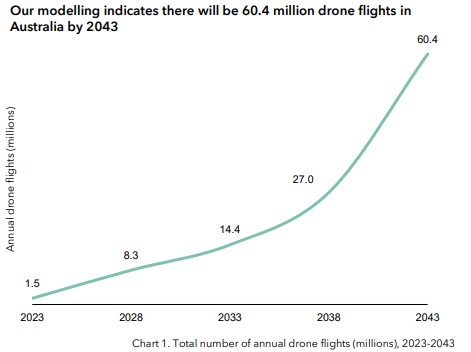
(This information can be found in the report “Sizing the Future Drone Industry in Australia” by Air Services Australia)
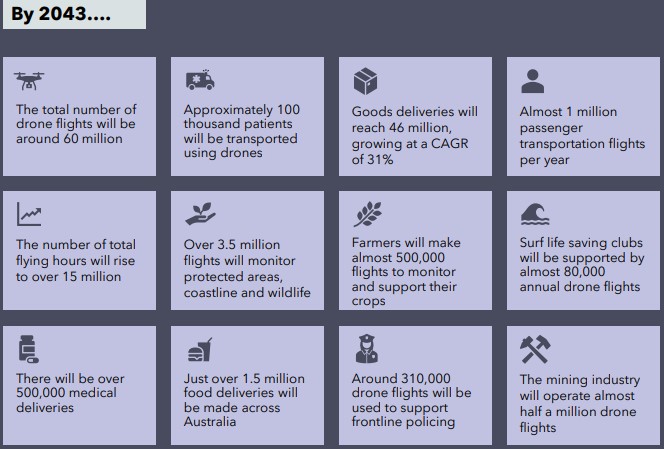
(This information can be found in the report “Sizing the Future Drone Industry in Australia” by Air Services Australia)
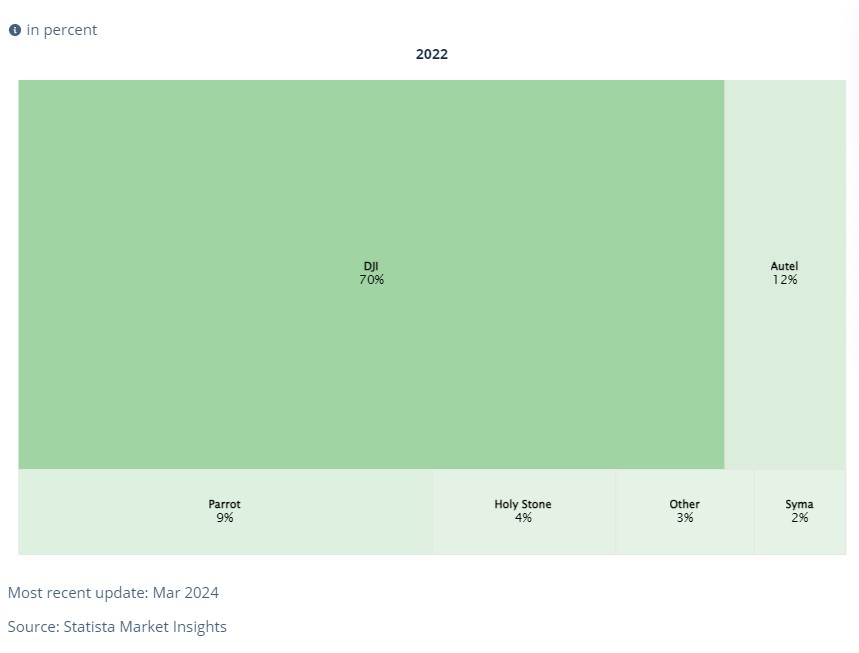
(This information can be found in the report “Sizing the Future Drone Industry in Australia” by Air Services Australia)
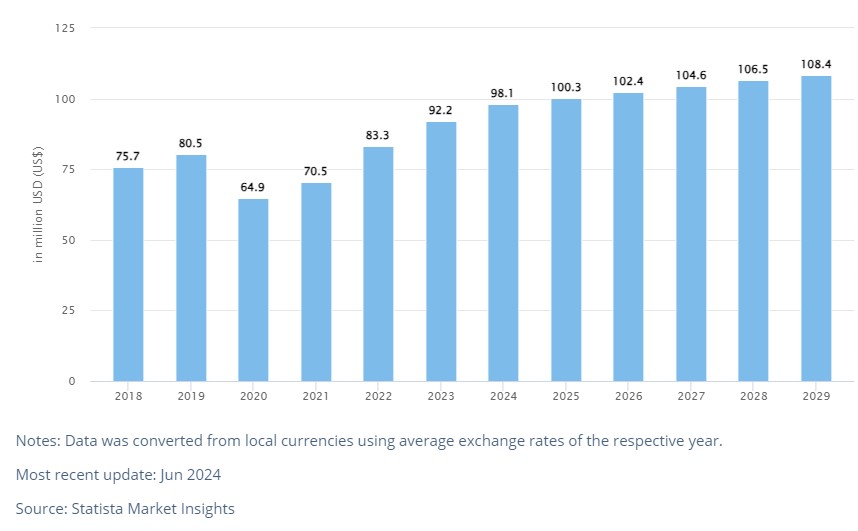
(This information can be found in the report “Sizing the Future Drone Industry in Australia” by Air Services Australia)
